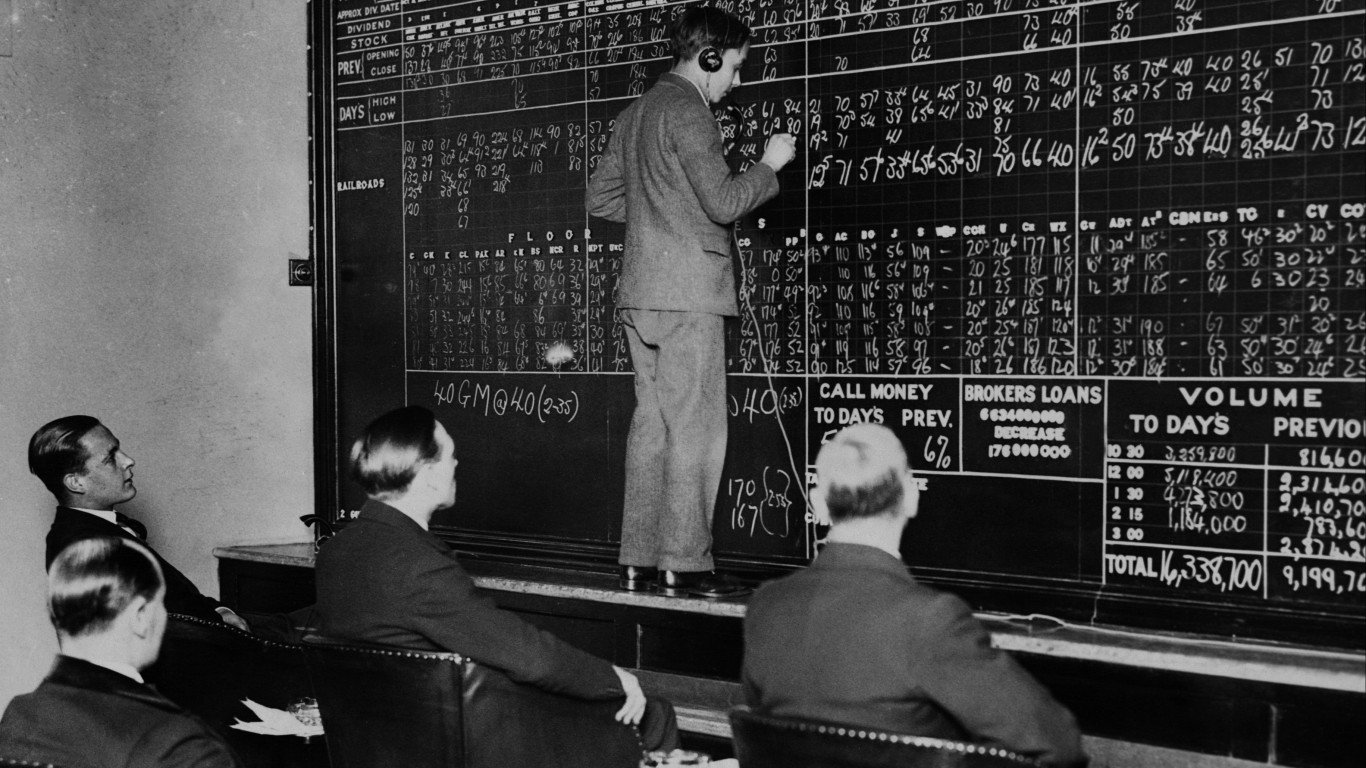Humans have been talking for a long time. In fact, some may say that talking is what makes us human.
Now, nearly 100,000 years after people first started speaking to one another, communication has come a long way since the days of smoke signals and talking drums. By now, it feels like every couple of years a new technology comes out that “radically alters communication practices.”
In today’s hyper-connected world, we wield technologies our ancestors couldn’t have dreamed of to stay in touch across continents and oceans. (Here are ancient innovations that still shape our modern world.)
Yet some of the most revolutionary breakthroughs enabling this real-time global chatter happened in just the last 150 years.
The telegraph made near-instant long-distance text communication possible for the first time. Alexander Graham Bell’s telephone, commercialized in the 1870s, added the human voice. Radio and television broadcasting, pioneered in the 1920s, let us send sights and sounds through the airwaves. The internet, going mainstream in the 1990s, wove these networks together into today’s instantaneous worldwide web of communication. (Though these were no accidents, there are some totally accidental discoveries that revolutionized the world.)
And mobile phones now put all these capabilities in our pockets. Looking back across centuries of human invention, it’s remarkable how quickly and completely our ability to communicate transcended former limits once technology caught up with our innate desire to connect.
Methodology
To compile a list of technological marvels that shaped modern communications, 24/7 Tempo researched technologies that most people would consider foundational or original, or allowed communication to evolve in a novel way. For example, the telegraph, the first item on our list, allowed near-instant communication for the very first time in human history. The coaxial cable allowed multiple streams of information to be transmitted at once while negating EM interference.
Additionally, our goal was to include items that could be directly tied to modern communication, not just communication as a whole. For reference, cuniform tablets helped create a preservable form of writing in ancient Near Eastern cultures, but it’s a bit harder to tie them to the cell phone (although they are clearly related) as a direct influence, if at least due to the timeframes.
Telegraph
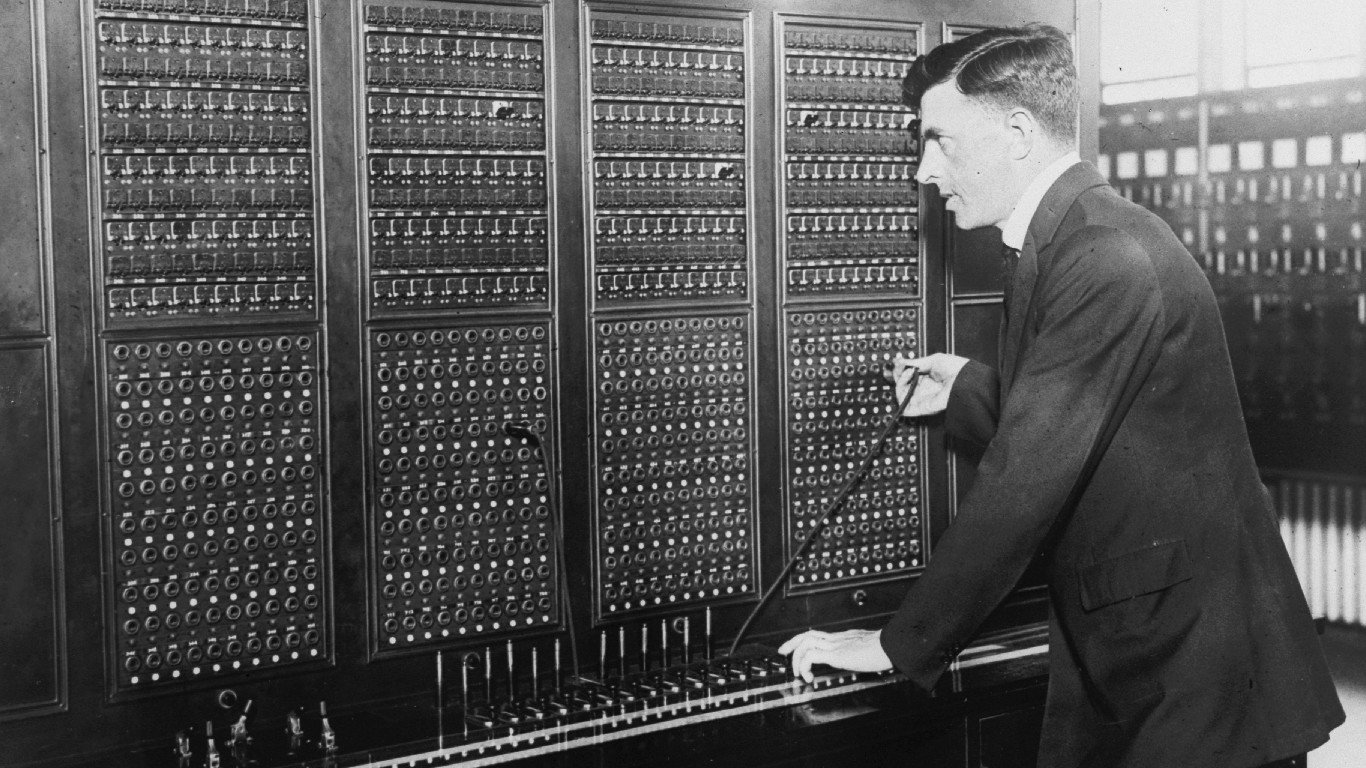
The telegraph was a device that used electricity to send messages over wires, essentially enabling instant communication for the very first time. It was invented by Samuel F.B. Morse and others in the mid-1800s, although formulations of the concept had appeared as early as the late 1700s. The telegraph allowed people to communicate across long distances in minutes instead of weeks or months. It drastically changed the fields of journalism, business, diplomacy, warfare, and social life by making information more accessible. Today, the famous “Morse Code” is named after Samuel Morse.
Telephone

The telephone is maybe the most influential piece of communication technology that was ever invented. It was first developed by Alexander Graham Bell, a Scottish-born scientist and inventor with a fascination for speech and sound (he was a vocal physiology teacher). The first version of telephones, which came out in 1875, converted sound waves into electrical impulses that travel along wires or other media to a receiver, where they are then converted back into sound waves and interpreted by humans. Since telephones transport sound via electricity, they enabled humans to speak to one another across the world, without any delays. There are, of course, more modern iterations of phones (the cell phone), but they wouldn’t exist today without the original predecessor.
Television
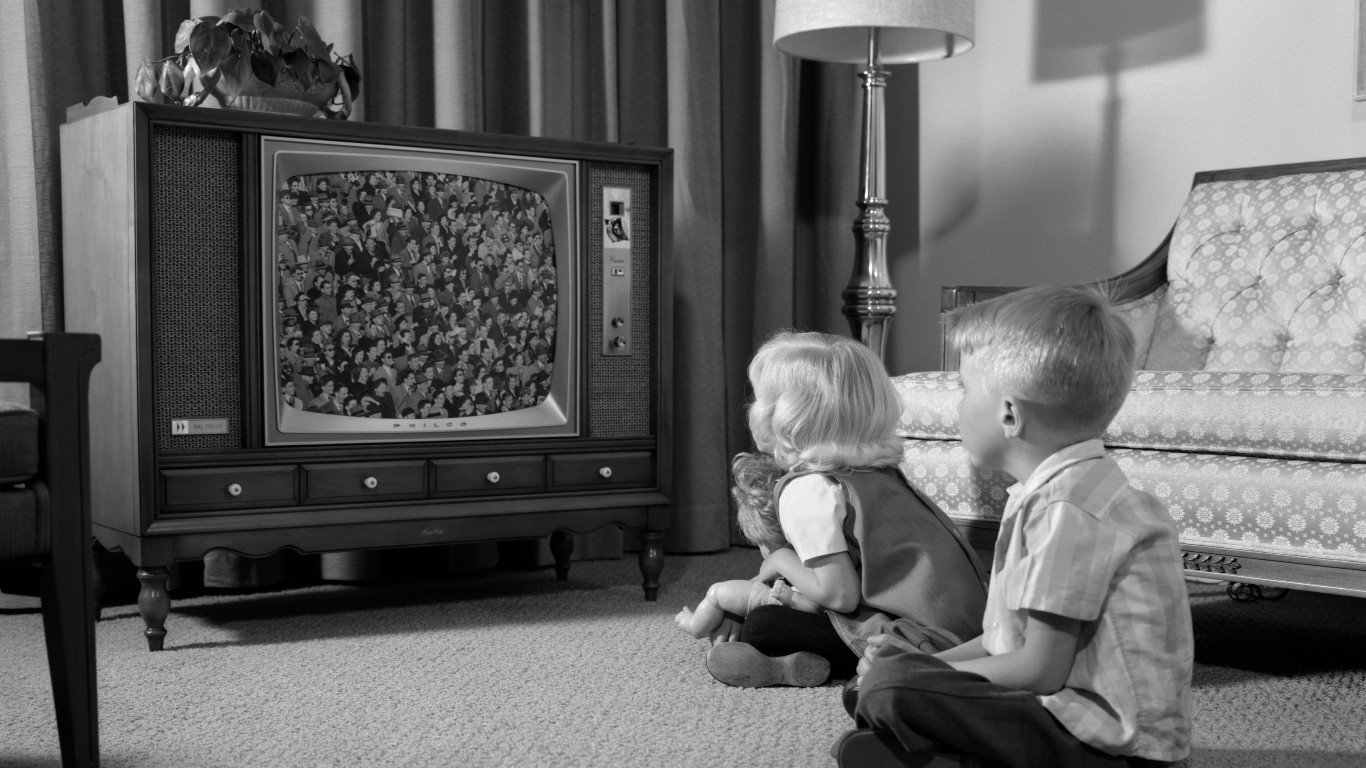
Shortly following the telephone was the television. It was originally invented by Philo Farnsworth
in 1927 when he gave the first public demonstration (a line that moved on a screen). The first time a human was displayed on television was in 1929 after more lines and colors were added to the system. The original television worked by scanning an image into a series of horizontal lines, each composed of tiny dots of varying brightness and color. These dots are converted into electrical impulses, the impulses are sent via radio waves, which are then sent through the air or a cable to a receiver. The receiver decodes the radio wave and converts it back into an image on a screen. For the first time ever, people could see images from around the world, impacting education, news, culture, and so much more.
Radio
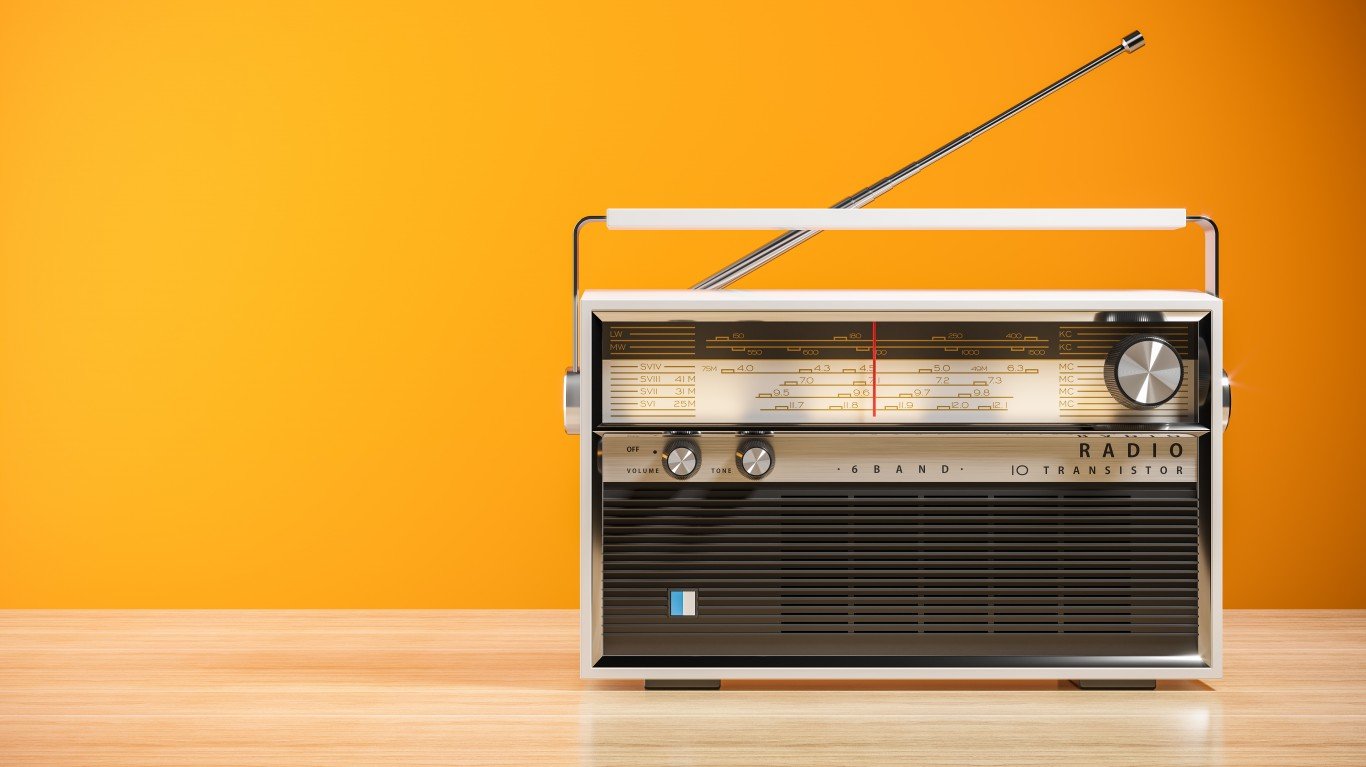
The radio was originally invented by Guglielmo Marconi in 1895 when he successfully sent and received Morse-based radio signals over 4 miles in England. He later improved his system by using longer wavelengths, higher power, and better antennas, eventually sending the first transatlantic radio transmission in 1901. The original radio worked by converting information into electrical signals. These signals were then sent through an antenna, which radiated them as EM waves. The EM waves travel through space until they are caught by another antenna and interpreted back into sound waves via a decoder. For decades, radio was the best way to hear news since TVs were extremely expensive and not really adopted by the public. News of World War I was the first global war that was broadcast via radio, changing how people all over the world connected with the event.
Dial-Up
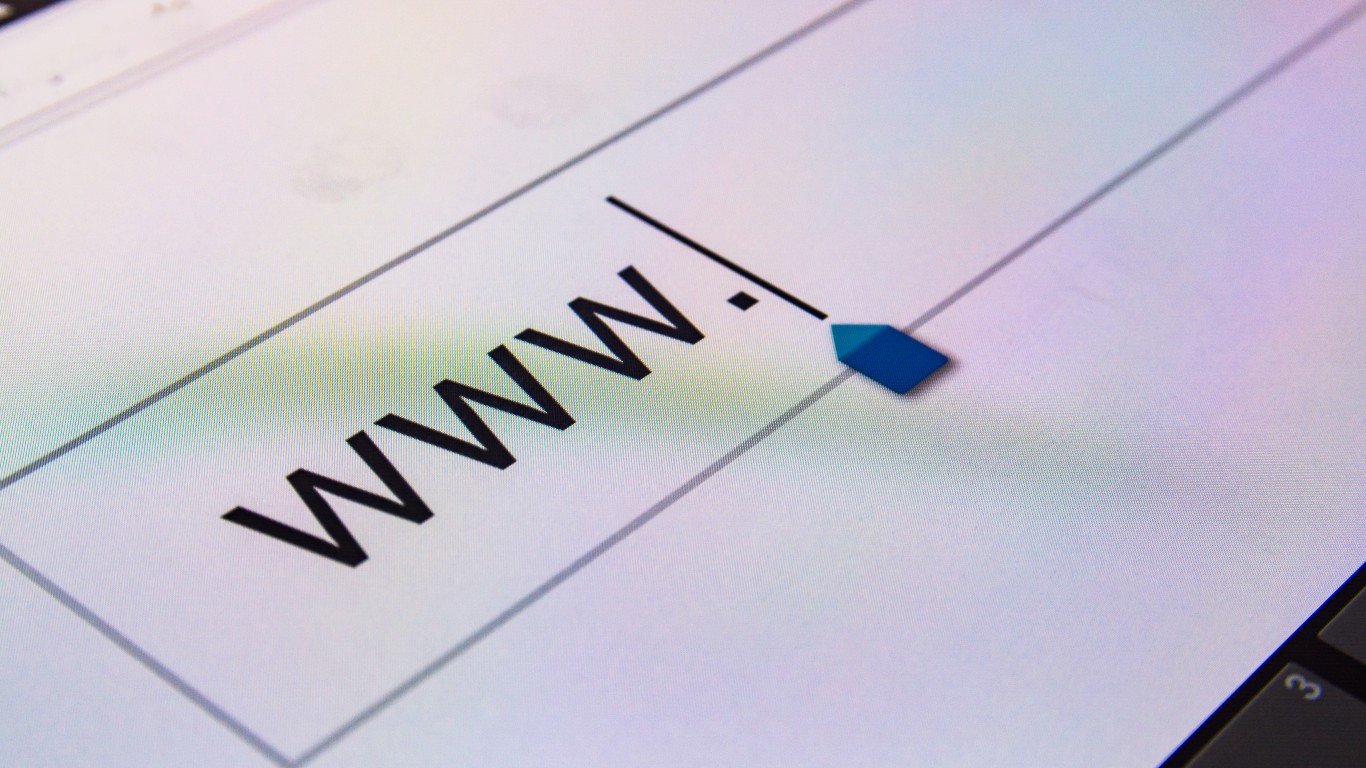
Dial-up internet was a way of connecting to the internet by using a phone line and a modem. It was first offered to the consumer market by Sprint in 1992, although the concept had been around since the 1970s. Dial-up internet let people access online services like email, web browsing, and chat rooms, but it definitely has its drawbacks. Dial-up internet was also slow, noisy, and unreliable, and you couldn’t use the phone at the same time (as many people remember!). Dial-up internet was gradually replaced by faster and more reliable broadband technologies, such as cable, DSL, and fiber optic.
Coaxial
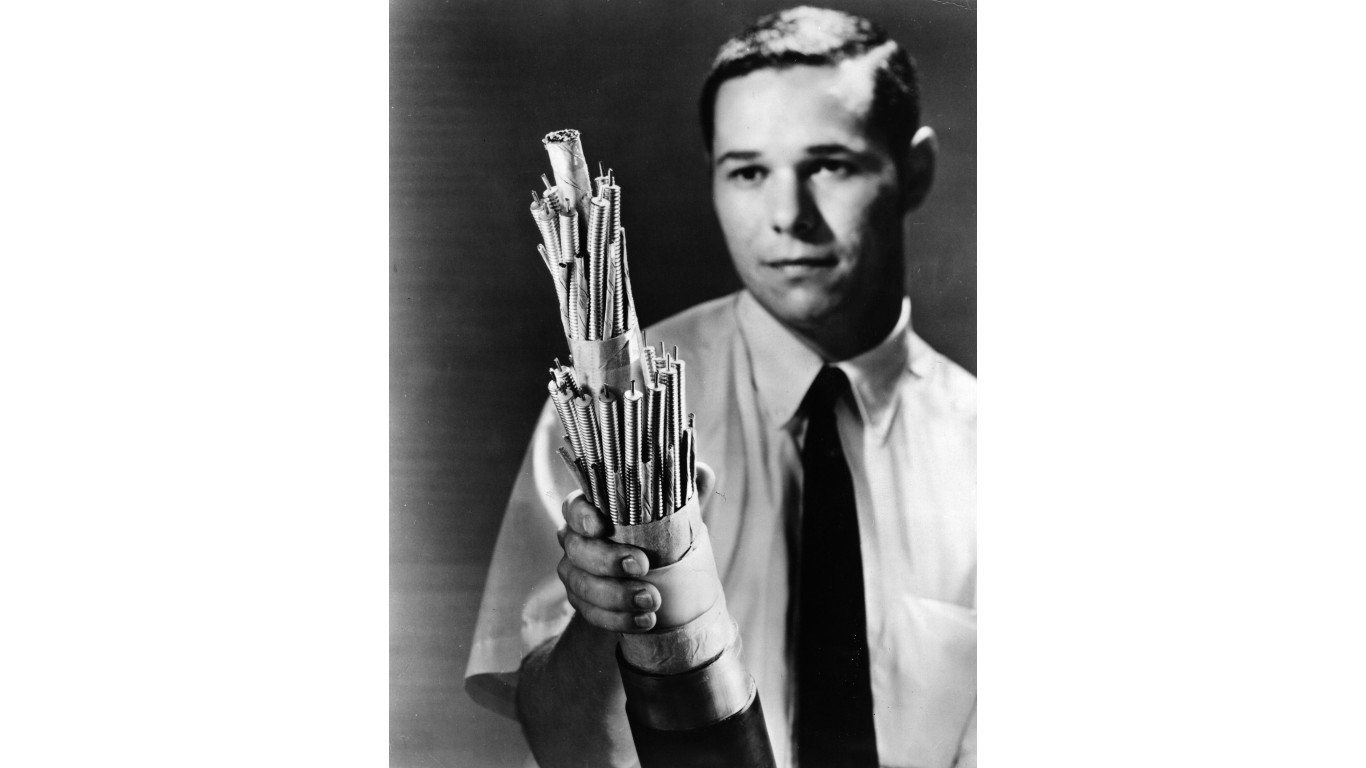
The coaxial cable is a type of cable that can carry data long distances without losing quality. It was invented by Lloyd Espenschied and Herman Affel and was officially patented in 1931. The breakthrough of using copper to transmit electric signals (and shielding it with more copper) allowed for multiple channels of information to be sent at the same time. This improved the availability of information and, for the first time, allowed for a selection (think channels, choices, and more). It has been used for phone, TV, radio, and the internet over the years and is still somewhat prevalent today.
Fiber Optic Cable

Fiber optics, usually referred to as a fiber optic cable, is a type of cable that uses thin strands of glass or plastic to transmit light. It was first developed by researchers in the 1950s and 1960s. Fiber optic cable has the advantage of being able to carry much more data than copper wires (coaxial), it uses less power and is less prone to interference, unlike coaxial cables. Fiber optic cable is used for long-distance and high-speed communication networks, and in residential settings, often referred to as “Fiber internet.” Today, fiber optic cables have replaced older cables and are used for internet in most major urban areas, with wider adoption rolling out very quickly. With fiber, streaming video, gaming, and cloud computing can be used by the average consumer, forever changing communication through these mediums.
Satellites
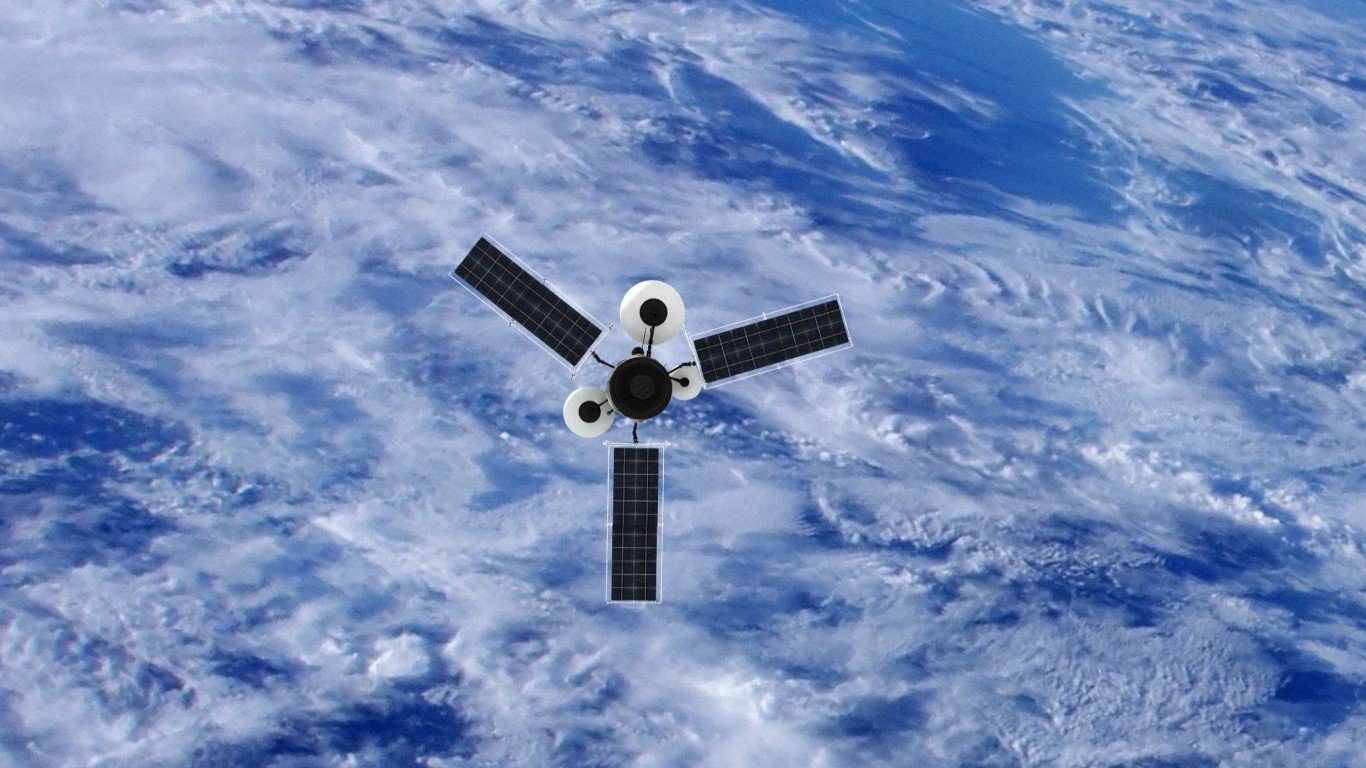
Satellites are objects that orbit the Earth or other planets. They are used for almost everything today, including communications. The first satellite was Sputnik, launched by the Soviet Union in 1957. The famous launch started the space race and, truthfully, a new era of technology. Satellites have enabled global communication, weather forecasting, GPS, and monitoring in a new kind of way. They have also helped us learn more about the solar system, the universe, and space exploration.
Desktop Computers

Desktop computers are personal computers that were created after mainframe computers. Desktop computers emerged in the 1970s as a result of the development of microprocessors, which enabled the creation of smaller and cheaper computers. The processor itself may be the most influential piece of technology ever created, and desktop computers are powered by them. Computers of all types have enabled people to access information, create content, communicate with others, play games, watch videos, listen to music, and more. Mainframe computers almost made the list, but when computers became personalized, they had a more drastic impact on how individuals communicated.
Portable Phones
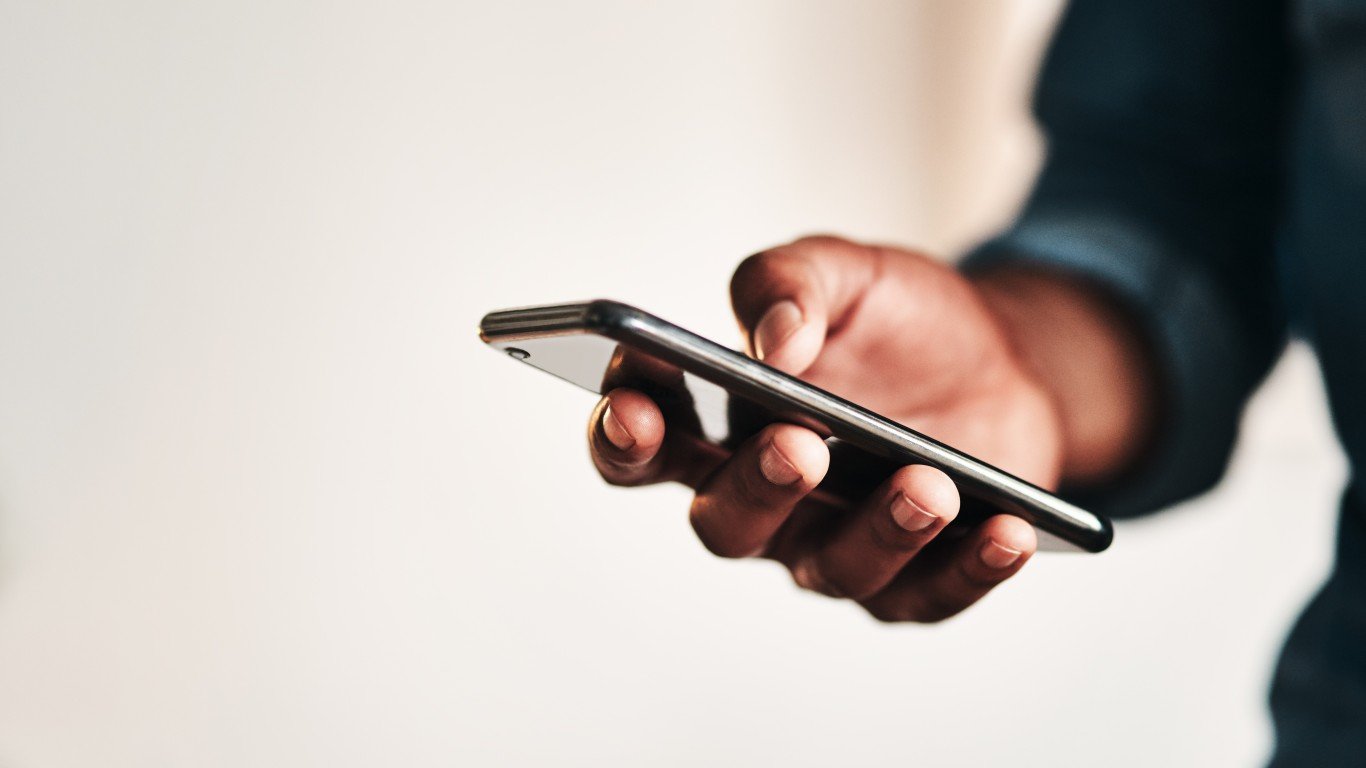
Telegraphs and phones were similar in operation, but a major change on the public front was when they lost their wires and became portable. The first portable phone was the Motorola DynaTAC in 1973. It was big, heavy, and very expensive. Mobile phones have improved to the point that we can fit them in our pockets, connect to the internet, and communicate with one another in almost any medium imaginable. Ultimately, all mobile phones use radio waves (just certain frequencies) to connect to the internet or message.
Texting (SMS)
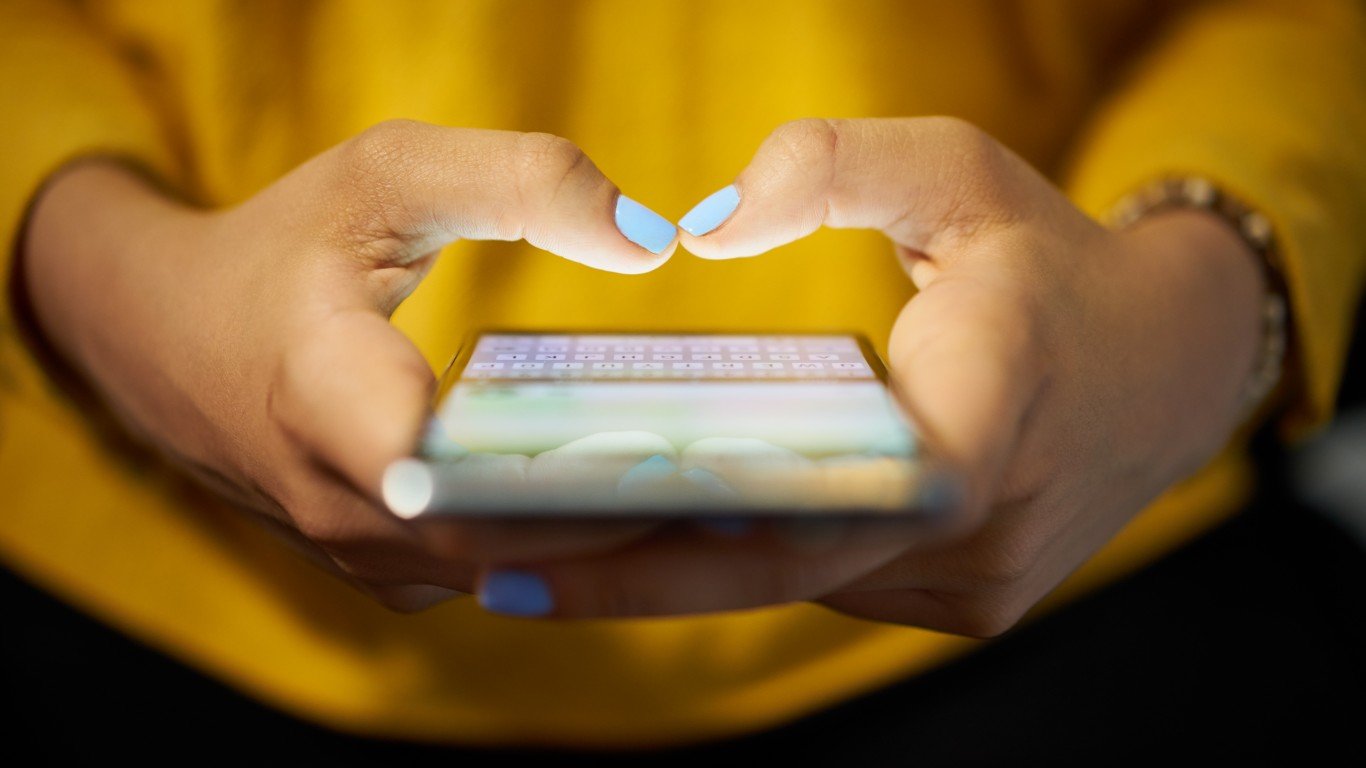
Texting is a way of sending short written messages between devices. It was invented by Friedhelm Hillebrand and Bernard Ghillebaert in 1984. The first text message was sent on Dec. 3, 1992, and it read “Merry Christmas.” After it was widely adopted and the phone became mobile, texting enabled new forms of expression like emojis, abbreviations, and the rapid adoption of new slang. Modern communication is often influenced by the subculture that texting has created, showing just how important of a medium it is.
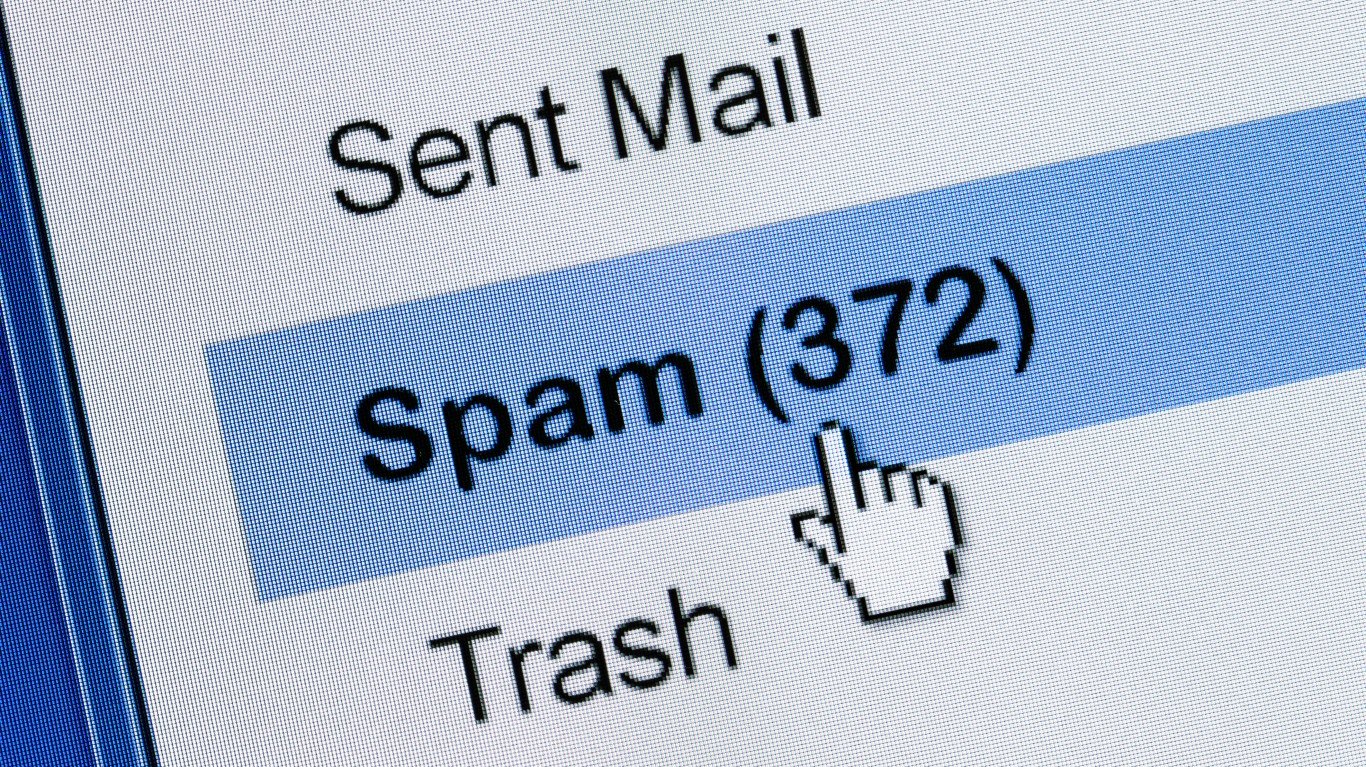
Email was invented by Ray Tomlinson in 1971. He also introduced the use of the @ symbol to separate the user name and the domain name in email addresses, something we still use today. The technology was first built on the closed ARPANET system, although, as we know, it was later adopted in the world wide web (the internet). It enabled people to exchange information, collaborate across time zones, and conduct business instantly, setting the stage for a more globalized world. In many ways, email was the upgraded version of traditional mail carriers. Today, email has mostly taken on the roll of mail in business settings, especially when combined with other business tools.
Blogs

Blogs are online journals or websites that allow user to share content, usually around a particular theme. The term “blog” is a shortened form of “web-log,” which was coined by Jorn Barger in 1997. They can cover a wide range of topics, although nowadays, they are more about marketing, news, or specific niches, not just people’s personal lives. Blogs helped to decentralize information distribution and let opinions and ideas flourish by giving people their own medium to speak publicly.
Crowdsource Wikis

Crowdsource wikis are online platforms that allow anyone to contribute and edit content on a specific topic. They are sort of built on the idea that there’s “truth in the crowd,” although most have some type of fact-checking process. The most famous example of a crowdsourced wiki is Wikipedia, which was launched in 2001 by Jimmy Wales and Larry Sanger. Allowing the free input of information created a new era of news and information availability while also helping to limit censorship by organizations or governments.
Forums
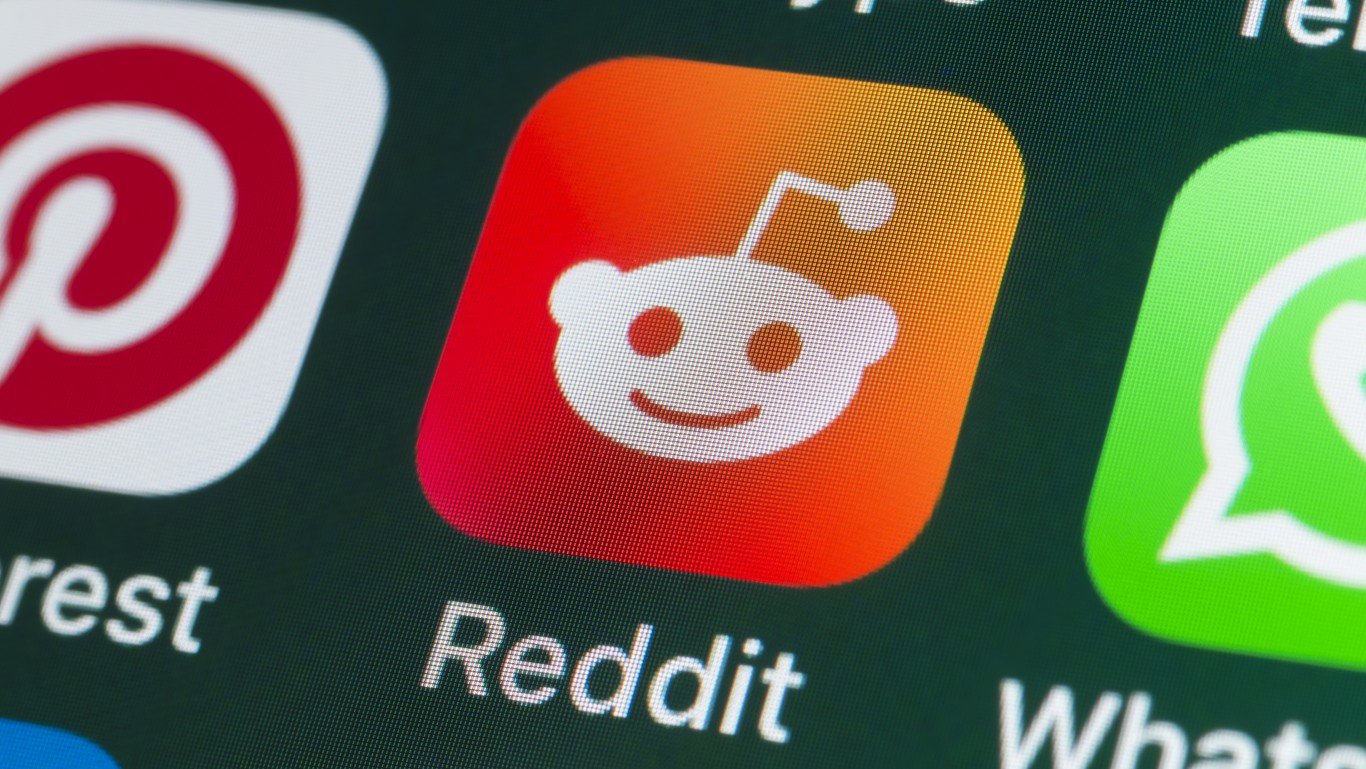
Forums are online platforms that allow users to create and participate in discussions on various topics. They’re originally derived from the bulletin board systems that were popular in the late 1970s and 1980s, only digital and much more niche nowadays. This type of subcategorical communication lets people talk and share their hobbies, opinions, or problems. Forums can also be used for education, support, entertainment, or social networking, with Reddit being the world’s largest forum aggregator site.
Social Media
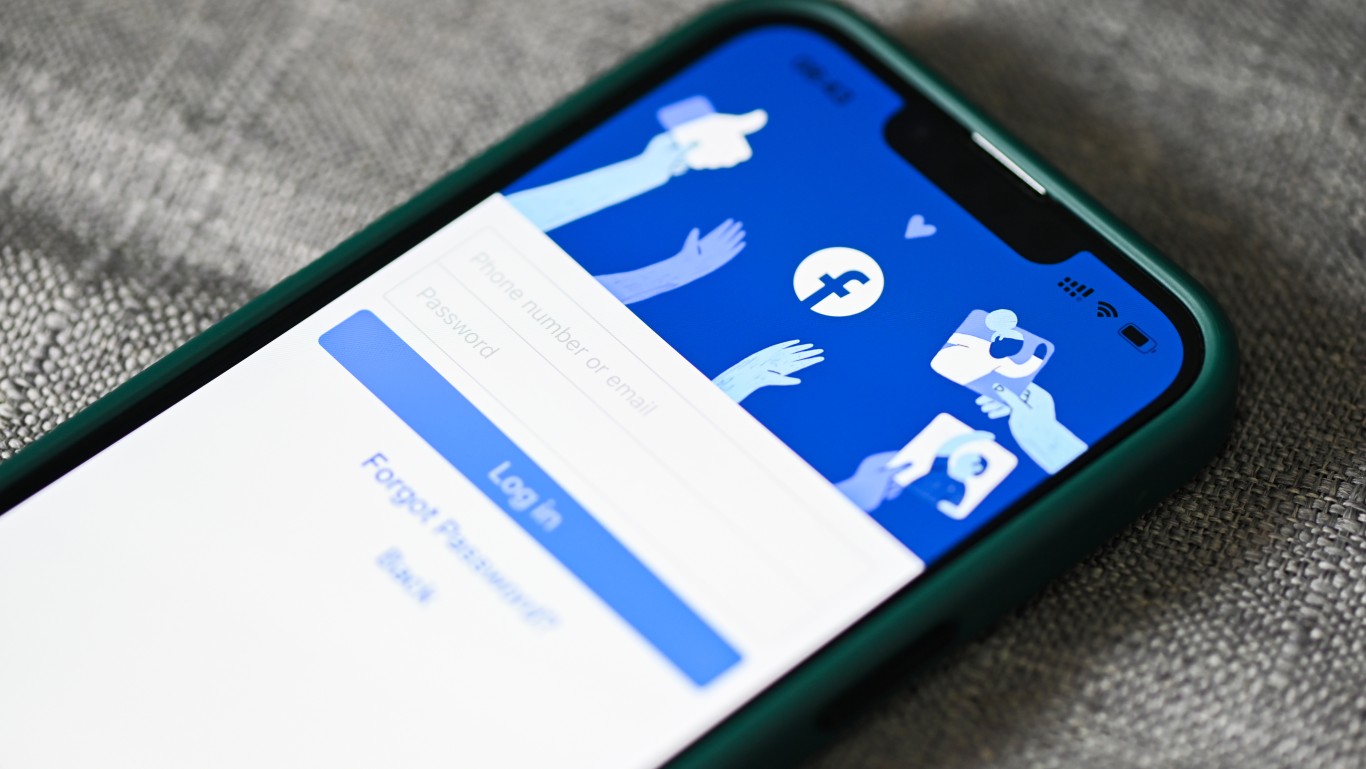
Social media is maybe one of the most recent additions to our list, with most people around today remembering when they were first introduced – in the late 1990s. Originally websites but now primarily used via apps, these online platforms let users create and share content and interact with others. They are often referred to as “the public square of the internet,” although that name may not fully encompass what they are used for anymore. People, especially younger people, meet and connect with friends, consume entertainment, get their news, and even find partners on these platforms. They have become the dominant communication platform of the modern era.
Wearables
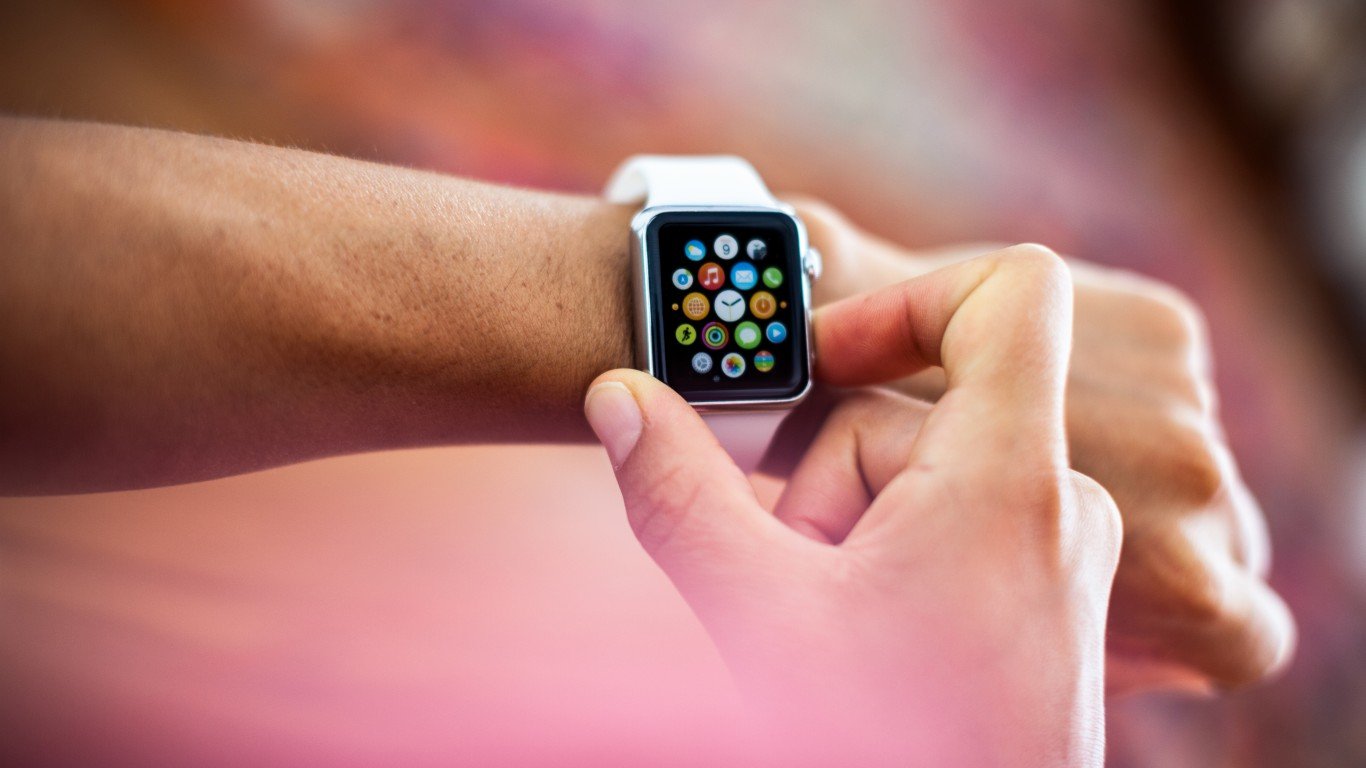
Wearables are devices that can be worn on the body. The history of wearables goes back to the 1960s, when the first wearable computer was created to cheat at roulette. Since then, wearables have evolved to include digital watches, wearable cameras, wearable displays, fitness trackers, smartwatches, and more. Wearables have changed communication in health, fitness, sports, education, gaming, entertainment, and social media. Many people think that wearables are the next step in technology, and things like glasses, goggles, or even implants may usher in a new era of engagement with one another. Wearables could be the technology that other technologies would run on, including VR and AR.
